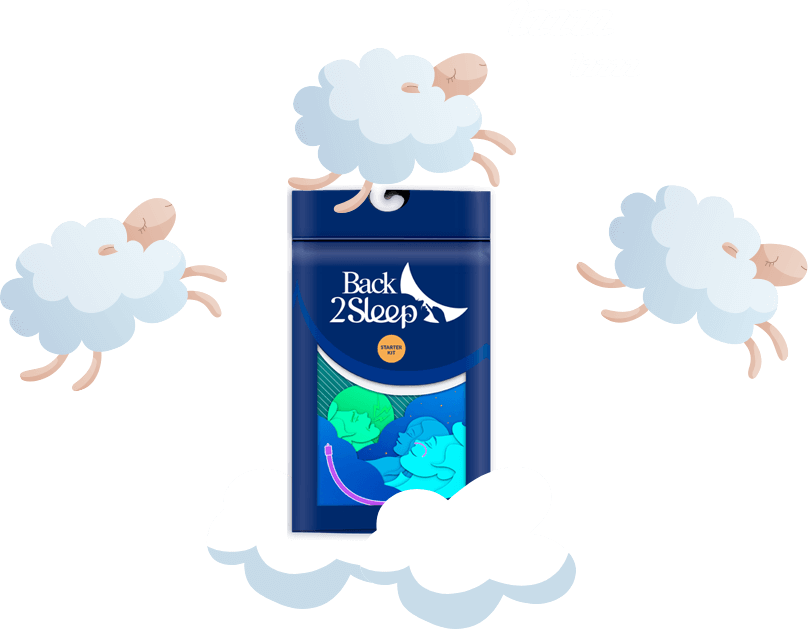| Important points | Summary |
|---|---|
| Definition and function of muscle relaxants | Myorelaxants are drugs that relax muscles by blocking the transmission of nerve impulses responsible for muscle contraction. They act primarily by enhancing the effects of the inhibitory neurotransmitter GABA. |
| Types of muscle relaxants | There are different types of muscle relaxants: depolarizing, non-depolarizing, central, peripherally acting and botulinum toxins. Each has a specific mechanism of action. |
| Therapeutic indications | Myorelaxants are indicated to relieve pain associated with muscle contractures, spasms, torticollis, low back pain, fibromyalgia and certain neurological pathologies. They are also used in surgery and anaesthesia. |
| Natural muscle relaxants | Natural alternatives such as essential oils, medicinal plants, dietary supplements, physical activity, yoga and massage can contribute to muscle relaxation, but with less effectiveness than medication. |
| Side effects and precautions | Myorelaxants can cause side effects such as drowsiness, digestive disorders, dry mouth and headaches. They present contraindications and risks of drug interactions, requiring medical supervision. |
Muscle relaxants (myorelaxants) are drugs that relax muscles.
Their specificity is to reduce tension and excessive muscle contractions that cause:
💊 pain,
💊 cramps,
💊 spasms.
How do muscle relaxants work and how do they act?
Action on the nervous system
Muscle relaxants act primarily on the nervous system to reduce muscle contraction.
They block the transmission of nerve impulses responsible for muscle fiber contraction.
They relax tense or contracted muscles.
Role of gamma-aminobutyric acid (GABA)
But more specifically, they target neuronal synapses in muscles.
They increase the effects of gamma-aminobutyric acid (GABA), an inhibitory neurotransmitter.
GABA prevents the transmission of nerve signals stimulating muscle contraction.
✅ Muscles then relax.
Decreased muscle tone
In a nutshell, they reduce muscle tone, i.e. the permanent, involuntary contraction of muscles at rest.
Relief:
💊 intense muscular pain,
💊 contractures,
💊 stiffness,
💊 uncontrollable muscle spasms.
Effects on skeletal muscles
Most muscle relaxants specifically target the skeletal muscles that enable voluntary body movement.
They do not generally act on smooth muscles such as those of the stomach or blood vessels.

What types of muscle relaxants are there?
Depolarizing muscle relaxants
They act by blocking the transmission of nerve impulses at the neuromuscular junction.
They cause prolonged depolarization of the muscle membrane, preventing contraction.
Examples:
💊 the suxamethonium,
💊 the rocuronium.
Non-depolarizing muscle relaxants
They bind to acetylcholine receptors at the neuromuscular junction, competitively blocking acetylcholine binding.
This inhibits muscle contraction.
Examples:
💊 atracurium,
💊 the cisatracurium,
💊 pancuronium.
Central muscle relaxants
These drugs act on the central nervous system by modulating the release of inhibitory neurotransmitters such as GABA.
They reduce the activity of the motor neurons responsible for muscle contraction.
Examples:
💊 baclofen,
💊 tizanidine,
💊 dantrolene.
Peripherally acting muscle relaxants
They act directly on the muscle by altering the contraction mechanisms in the muscle fibers.
Examples:
💊 mephenesin,
💊 thiocolchicoside,
💊 chlorzoxazone.
Botulinum toxins
Type A and B botulinum toxins are used in local injections to induce targeted, temporary muscle relaxation.
They block the release of acetylcholine at motor nerve endings.
Therapeutic indications for muscle relaxants
Torticollis
Muscle relaxants are frequently prescribed to relieve neck pain and stiffness associated with :
💊 torticollis,
💊 painful contracture of the cervical muscles.
Lumbago and back pain
They are indicated for symptomatic treatment:
💊 low back pain,
💊 back pain caused by tension,
💊 muscle contractures in the back and lumbar region.
Muscle contractures
Whatever their location (neck, shoulders, calves, etc.), muscle relaxants relax contracted muscles and relieve associated pain.
Muscle spasms
Their relaxing action helps stop uncontrollable, painful muscle spasms, particularly after intense effort or trauma.
Fibromyalgia
Certain muscle relaxants can be prescribed as a complement to alleviate the chronic muscular pain associated with fibromyalgia.
Surgery and anesthesia
In hospitals, muscle relaxants are used to facilitate intubation and muscle relaxation during surgery under general anesthesia.
Neurological pathologies
In some cases of neurological diseases such as multiple sclerosis, muscle relaxants help reduce muscle spasticity and disabling contractures.
Natural muscle relaxants: alternatives and dietary supplements
Essential oils
Certain essential oils are renowned for their soothing and relaxing properties on muscles, such as:
💊 lavender,
💊 peppermint,
💊 rosemary,
💊 wintergreen.
They can be used for massage, in a hot bath or by atmospheric diffusion.
Medicinal plants
Plants normally used for their muscle-relaxing properties include:
💊 St John's wort,
💊 Valerian,
💊 Passionflower,
💊 Kalanchoe.
They are available as capsules, mother tinctures or infusions.
Food supplements
Supplements such as:
💊 Magnesium,
💊 Vitamin B1,
💊 Melatonin.
Consumption of fish oil rich in omega-3 is also said to have beneficial effects.
Other options
There are several natural ways to promote muscle relaxation, such as :
💊 regular physical activity,
💊 stretching,
💊 yoga,
💊 meditation,
💊 acupuncture,
💊 massages.
Precautions with natural muscle relaxants
Although natural in origin, these products are not without potential side effects and drug interactions.
Always consult a healthcare professional before using them, especially if you are undergoing medical treatment.
Moreover, their efficacy is often lower than that of pharmaceutical muscle relaxants.
What are the side effects and precautions with muscle relaxants?
Drowsiness and dizziness
Muscle relaxants can cause:
💊 significant drowsiness,
💊 dizziness
💊 dizziness.
It is therefore inadvisable to drive or use potentially dangerous machinery while on treatment.
Digestive disorders
Nausea, vomiting, abdominal pain and diarrhea are frequent side effects, especially at the start of treatment.
Dry mouth
A sensation of dry mouth, or even a lack of saliva, may occur when taking certain muscle relaxants.
Headaches
Headaches are sometimes reported, particularly with central muscle relaxants such as baclofen.
Dependency risk
Certain muscle relaxants in the benzodiazepine family (tetrazepam, etc.) carry a risk of physical and psychological dependence if taken for long periods.
Contraindications
Muscle relaxants are contraindicated in cases of pregnancy, breast-feeding, severe hepatic or renal insufficiency. They should be avoided by the elderly and those with a history of severe allergy.
Drug interactions
Numerous interactions are possible with other drugs, including antidepressants, anticoagulants and epilepsy treatments.
Medical supervision is recommended.









